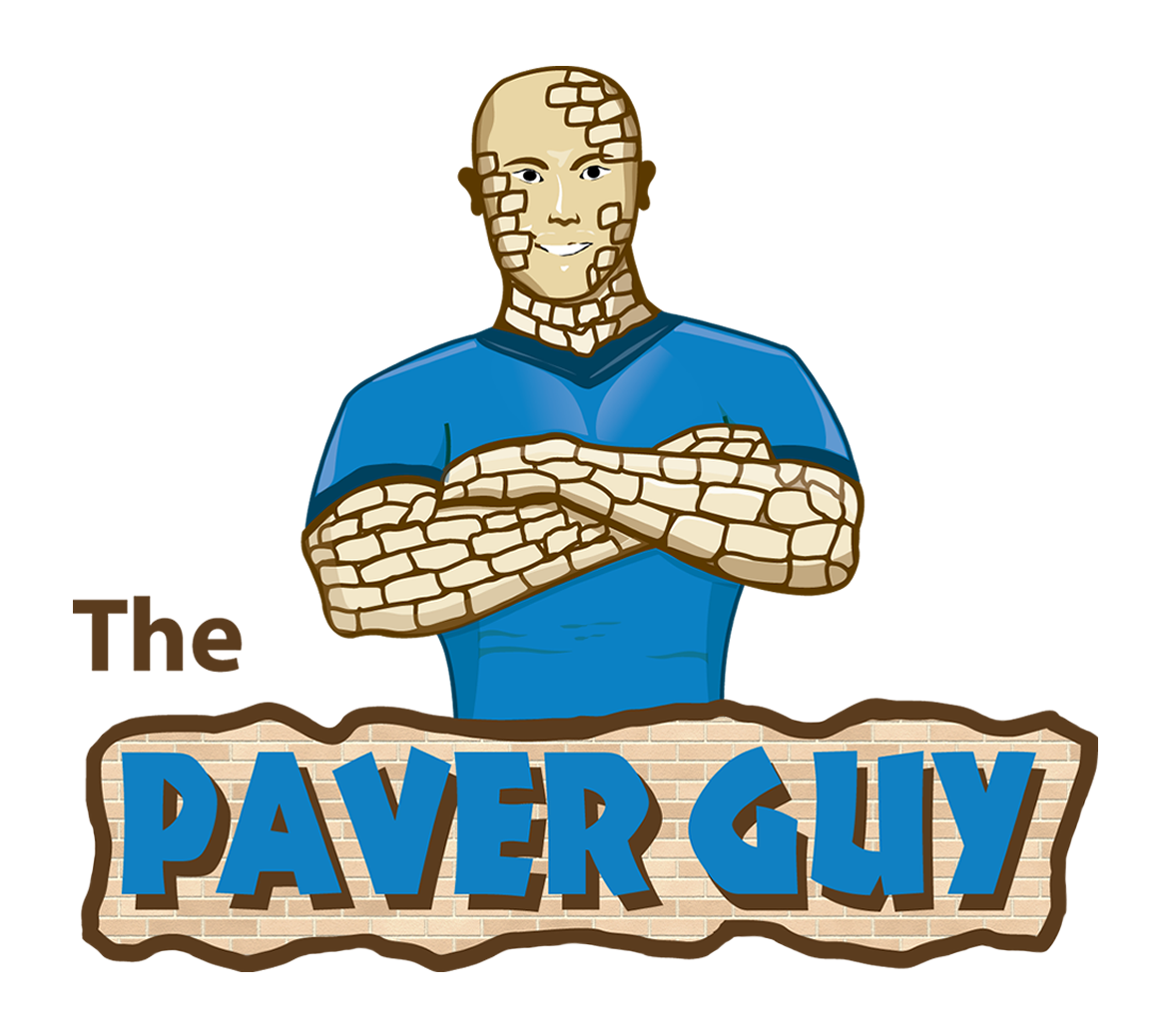Frequently Asked Questions
We know you were thinking about them.Why should I choose pavers instead of concrete?
Pavers create a flexible system that is extremely durable. You will never have to deal with cracks or resurfacing. Pavers can be 4 times stronger than some concrete slabs. They are reusable and come in a variety of colors, shapes, and sizes. If stained, they can easily be replaced. Most manufacturers will provide a Limited Lifetime Guarantee of Quality on their pavers.
Do my pavers need to be mortared into place?
No mortar is needed to install pavers. We normally use concrete sand, which will bind the pavers together with a friction joint. This sand is swept into the joints and compacted to achieve the proper installation.
Do my pavers need to have sand visible at the top?
No. During the compaction process, sand will vibrate into the joints. The sand will continue to penetrate into these joints and any excess sand will be washed off at the end of the installation process. Joints do not need to be filled all the way to the top. In fact, any sand that remains on the top of the pavers will eventually get blown away or washed away, but this will not affect the stability of the paver installation.
Why do some of my pavers look scratched?
During the transportation process, pavers will rub against each other causing these small scratches on the surface of some pavers. Applying a sealer to the pavers will minimize the appearance of the scratches.
What is the white residue I see on the surface of my pavers?
The white residue on top of the pavers is a condition called efflorescence. This condition is greatly minimized with the use of Pavestone pavers because of an additive that Pavestone uses to control this condition. Efflorescence normally appears during winter time due to the low temperatures. Avoiding water exposure during winter will diminish this condition. Efflorescence will wear off in about 2 to 3 months naturally, but it can be removed with whitewall cleaner and a wire brush.
Will my pavers move or shift?
Ensuring that your pavers do not move or shift really lies in using a good edge restraint. Since we live in a hotter region, we use a concrete edge restraint, rather than a plastic type, which may buckle under extreme heat.
Why do my pavers look different from the samples?
Pavers usually come in color blends. You may have seen a sample that contained a greater amount of one of the colors that make up the color blend. Even though the manufacturer will make every effort to deliver a variety of the color blend and our crew will make every effort to mix the colors during the installation process, the pavers may vary slightly from the sample. Such color variations are a natural desirable feature that gives the pavers greater character and depth.
Why do I see a difference between the height of my pavers and my pool coping?
Natural stone coping such as sandstone coping will have a small variation in height and size. Sometimes this small variation will create differences in the heights which are completely normal and natural. It is not considered improper installation. 1/8” is the acceptable variation in size.
Should I be concerned about drainage?
Absolutely not! We will make sure all the water is drained properly. We use different types of drainage depending on each situation:
- Natural Drain – Pavers are installed on a slope.
- Deck-O-Drain – Usually installed around pools, but not always necessary.
- Area Drain – When natural drain is not possible.
- Drain Holes – Discreet option available for thinner pavers. Small holes are drilled on the pavers. This is a discreet option when compared to area drains. Water will penetrate through these holes and fall inside a 3” drain pipe underneath the pavers.
What about these sharp edges I see on my pavers?
Sharp edges are very common on pavers. These are created during the process of saw-cutting them. We will make every effort to ensure that these sharp edges will not be a hazard.
